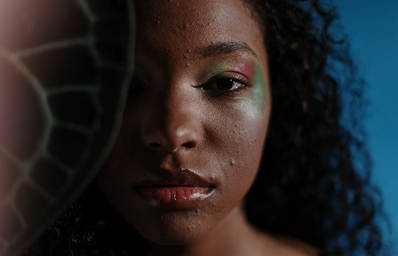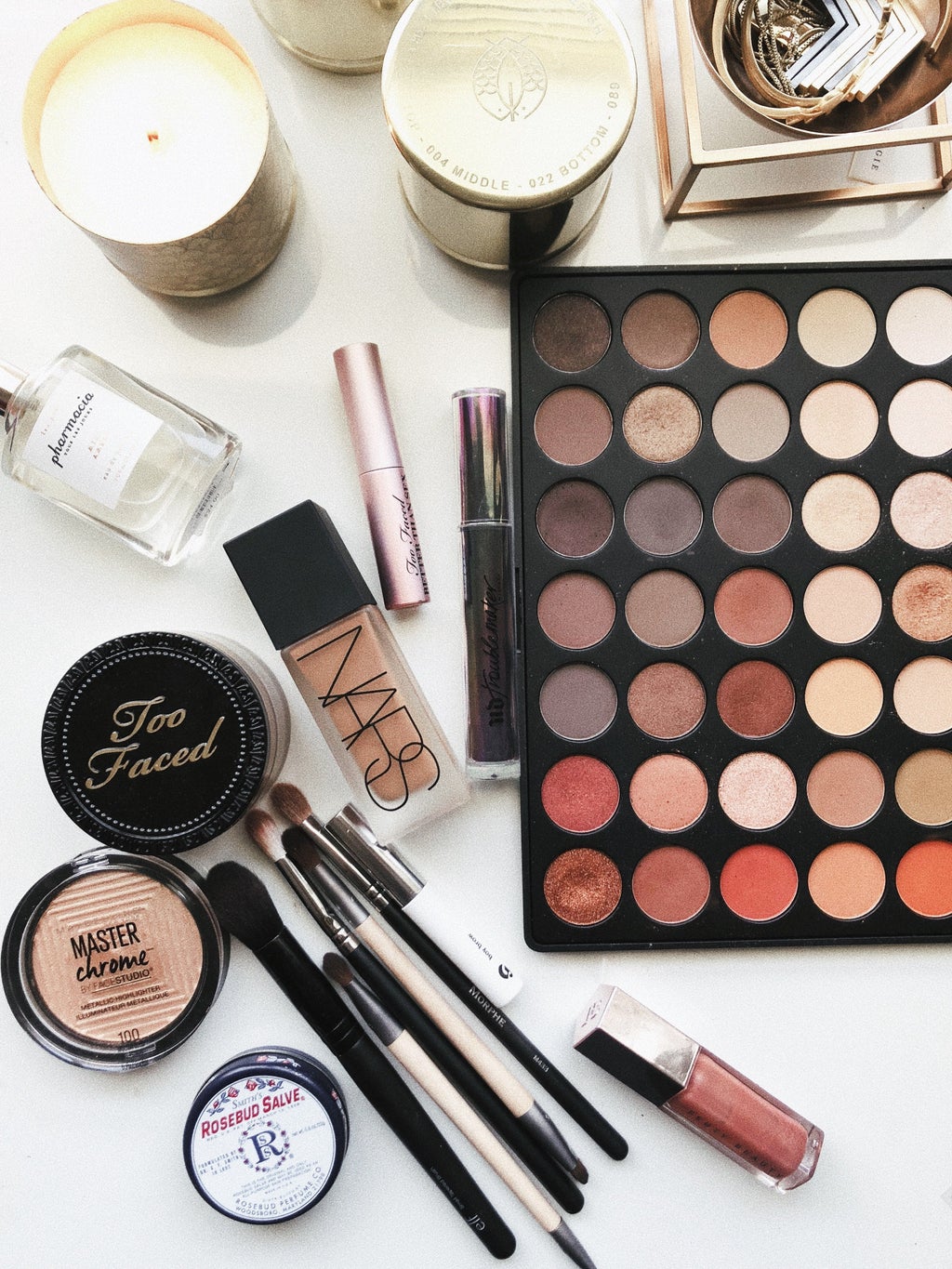I am not the beauty standard, nor do I want to be. I would much rather there be no standards at all. Now wouldn’t that be nice? Wouldn’t the world be a great place if we could all just be our authentic selves without the societal pressures to nip, tuck and hide what we’ve been told are imperfections? Unfortunately, the world is not a great place (spoiler?). Yet, we can and should collaboratively make it a more tolerable place to live since we’re all already here. This movement to make the world more bearable entails highlighting prejudicial issues and practices irrespective of how uncomfortable it makes us.
Beauty standards are cultural and or universal. They are often socially concocted and established by the dominant group or culture. For example, individuals who are non-disabled, skinny, symmetrical, have fair skin, straight long hair, etc., are universally accepted as desirable. Beauty standards exist and are harmful to everyone involved, some more adversely than others. For example, there are economic and occupational implications of being perceived as socially desirable. Still — there are no real winners in a world of beauty standards except Capitalism. Even those who benefit from a system that preferences their physical traits still feel pressured to maintain this impossible status of perfection, which can’t be fun or cheap.
Beauty bias emerges when one solely associates positive attributes with socially attractive individuals. In addition to the effects negative body image has on mental health, there are interpersonal and economic disadvantages of being perceived as socially undesirable. Beauty bias is pervasive in the workplace due to the lack of legal protection for victims and the disregard of its effects as inconsequential. Socially desirable individuals are given an unfair advantage at success in the labor market. Numerous studies have shown that we judge attractive people to be healthier, friendlier, more intelligent, and more competent than others (Chamorro-Premuzic). According to Tomas Chamorro-Premuzic, a psychologist specializing in personality profiling and people analytics, scientific studies “highlight a well-established association between attractiveness and long-term income” (Chamorro-Premuzic).
An experiment called “The Labor Market Return to an Attractive Face: Evidence from a Field Experiment” provides evidence of the link between beauty and hiring practices in the labor market. This experiment investigated if individuals with less attractive faces were less likely to be contacted after submitting a resume. They sent fictitious resumes with pictures of beautiful and unattractive faces to actual job openings in Buenos Aires, Argentina. At the end of the experiment, they found that attractive people received 36 percent more callbacks than unattractive people (Bóo, Florencia López, et al.).
In his book, Beauty Bias: Discrimination and Power, Berry explains that the average CEO is several inches taller than the average U.S. male (Berry pg. 39). Additionally, Bonnie Berry articulates that “taller men are more highly rewarded in business, receiving almost $800 more a year for each inch of height.” Berry’s statement supports the idea that attractive individuals are more likely to climb and thrive at the top of the economic ladder. Many studies have also shown that less attractive individuals are more likely to get fired and less likely to get hired.
Beauty, which has no association with health or intelligence, becomes a subconscious indicator of those attributes for many individuals. The assumptions about one’s work competence concerning physical appearance are perceptible in all workforce sectors, including politics. For example, Deborah Rhode says in her book, The Beauty Bias: The Injustice of Appearance in Life and Law, that, “attractive candidates receive more than twice as many votes as unattractive candidates” (Rhode pg. 28). The Halo Effect helps us understand why one might make such associations. This cognitive bias drives us to give positive attributes to a person based on our first impression. People’s first impression of others usually begins with their physical appearances. Are they well-groomed? Are they good-looking or have a good fashion sense? If the answers are all positive, one cognitively makes false assumptions about that person’s overall characteristics. This cognitive bias begins as early as the beginning of birth, when infants who are considered “physically appealing” are more likely to be viewed as “smart, likable, and good” (Rhode, pg. 26). As a result, we internalize notions of beauty and its implications early on and continue the never-ending cycle.
While most are aware of the effects of beauty bias, they argue that it does not require legal legislation and its products are trivial. However, this theory is false based on numerous studies highlighting the real effects beauty bias has on one’s social, mental, physical, and economic well-being. In a representative survey, “over half of the young women reported that they would prefer to be hit by a truck than be fat; two-thirds would rather be mean or stupid” (Rhode, pg. 6). This data is deeply concerning and points to a poignant truth about the psychological effects of beauty bias. According to Rhode, such discrimination often operates at unconscious levels and neither the perpetrator nor the victim may be aware of its extent. She further claims that “unattractiveness falls on a continuum and who falls within that category can be open to dispute. Given the stigma involved, few want to claim that status” (Rhode pg. 101).
Furthermore, Rhode explains that such discrimination offends principles of equal opportunity, exacerbates existing inequities based on gender, race, ethnicity, class, age, and sexual orientation, and restricts self-expression (Rhode pg. 93). Society should be judged on merit and performance, especially in the workplace irrelevant of their physical characteristics. That is not the case, unfortunately. It is evident that beauty bias has detrimental impacts on the psyche and livelihood of individuals and it reinforces other forms of discrimination, especially as it relates to race and disabilities.
Can’t get enough of HC UMass Amherst? Be sure to follow us on Instagram, listen to us on Spotify, like us on Facebook, and read our latest Tweets!
Source 1 : Chamorro-Premuzic, Tomas. “It’s Time To Expose The Attractiveness Bias At Work.” Forbes, Forbes Magazine, 17 July 2019, www.forbes.com/sites/tomaspremuzic/2019/07/17/its-time-to-expose-the-attractiveness-bias-at-work/#368bb8513248.
Source 2: Bóo, Florencia López, et al. “The Labor Market Return to an Attractive Face: Evidence from a Field Experiment.” Economics Letters, vol. 118, no. 1, 2013, pp. 170–172., doi:10.1016/j.econlet.2012.10.016.
Source 3: Berry, Bonnie. Beauty Bias: Discrimination and Social Power. Westport, Conn: Praeger Publishers, 2007. Print.
Source 4: Rhode, and Deborah L. Rhode. The Beauty Bias: The Injustice of Appearance in Life and Law, Oxford University Press, Incorporated, 2010. ProQuest Ebook Central, http://ebookcentral.proquest.com/lib/uma/detail.action?docID=510304.





